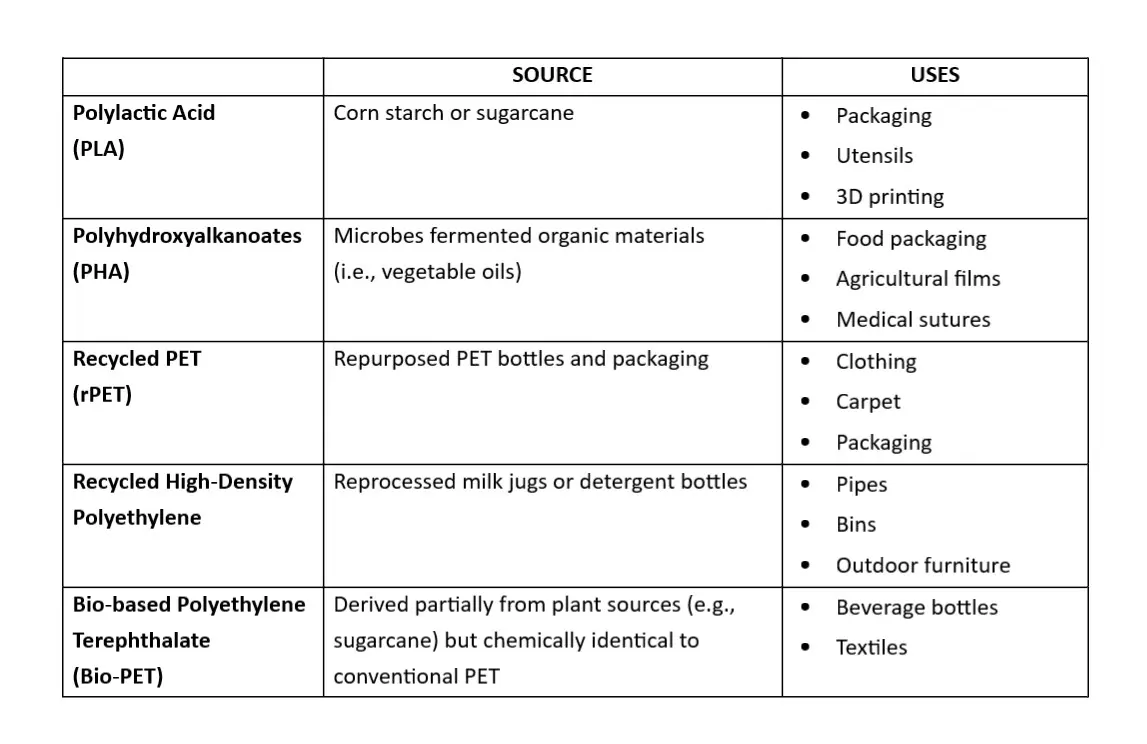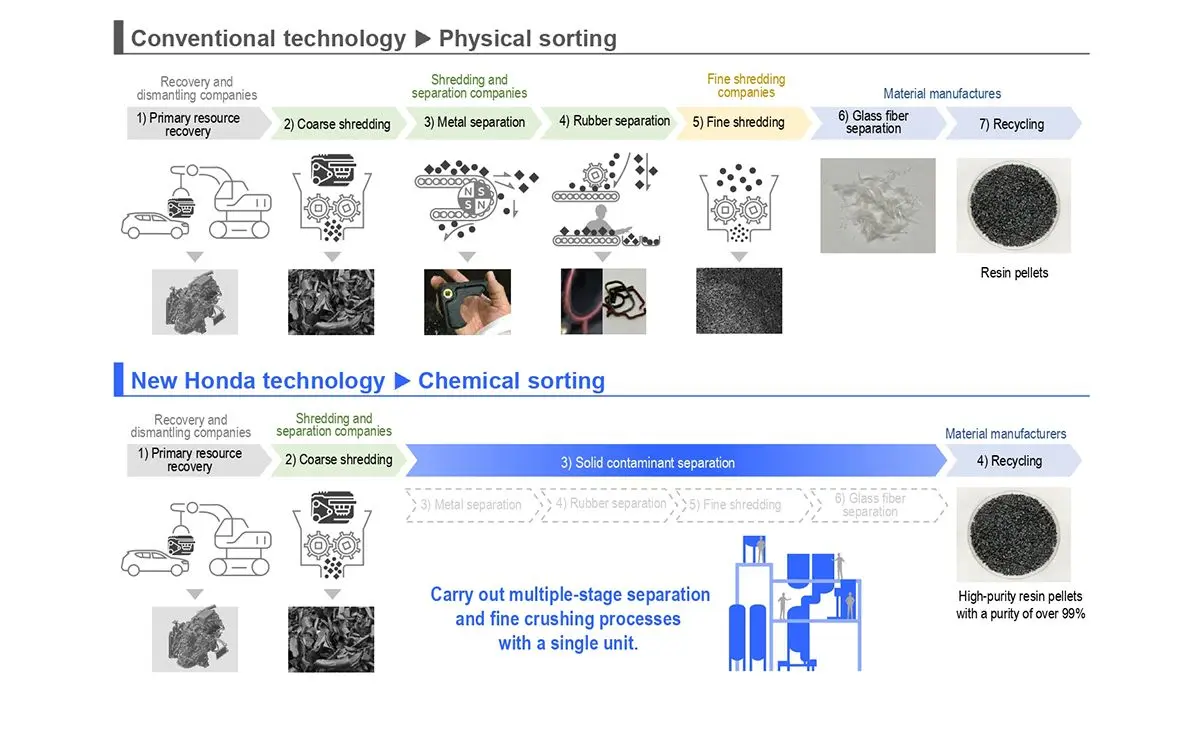Known for consuming significant resources and energy, traditional construction generates substantial waste and is not environmentally friendly. However, like other sectors worldwide, sustainability in the construction industry has gained momentum. Today’s modern building materials harness the power of renewable resources to transform tomorrow’s infrastructure.
Let’s look at construction sustainability and how it’s achieved.
What are sustainable plastics?
In an earlier blog, we discussed sustainable plastics as dependable, eco-friendly alternatives to fossil fuel-dependent traditional plastics. Designed to reduce energy use and divert waste, sustainable plastics address the ongoing environmental concerns associated with plastic.
While bio-, recycled and compostable plastics are the most used, it’s estimated a or more sustainable plastics are currently being used. And thanks to ongoing research and development that number continues to grow.
Sustainable plastics examples include:
Sustainable construction practices
Like many other industries, the building sector is focused on minimizing environmental impact. And by focusing on greener construction practices like reduction of carbon emissions, resource depletion and energy inefficiency, they can improve the longevity and functionality of structures.
The key to achieving sustainable construction practices lies in sourcing, processing and using environmentally responsible products. Sustainable building materials conserve natural resources and reduce waste during development, ultimately creating healthier buildings and infrastructure. Plus, they lend themselves well to decorative finishes and corrosion resistance.
Modern construction includes countless renewable materials examples, like recycled plastic. Construction plastic (i.e., plastic made especially for the construction industry) is valued for its versatility, durability, weather resistance and strength. This makes recycled plastic ideal for fencing, roofing, insulation, bricks, concrete reinforcement, outdoor furniture and more.
Eco-friendly architecture
Sustainable architecture, commonly called green architecture, involves designing and building environmentally conscious structures. This can include anything from sustainable interior design materials to builders recycled materials like industrial plastic or heavy-duty plastic.
The Edge in Amsterdam, a perfect example of sustainable architecture, features a long list of renewable material examples, including plastics, which play an essential role in this state-of the-art structure. Recycled or recyclable plastics, from office furniture to flooring, solar panels to polymer-coated windows, are utilized throughout.
Additionally, the Adidas Laces building and Unilever Headquarters in Hamburg, Germany; The Smile in New York; and The Circular Pavilion in Milan, Italy, are globally recognized for using eco-plastics in their design.
Future foundations are built on sustainable materials
Embracing sustainability in construction is essential for addressing the environmental challenges posed by traditional building practices. These practices promote eco-conscious, healthier living environments and help meet global climate goals.







